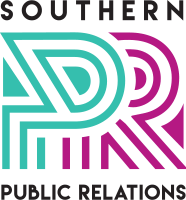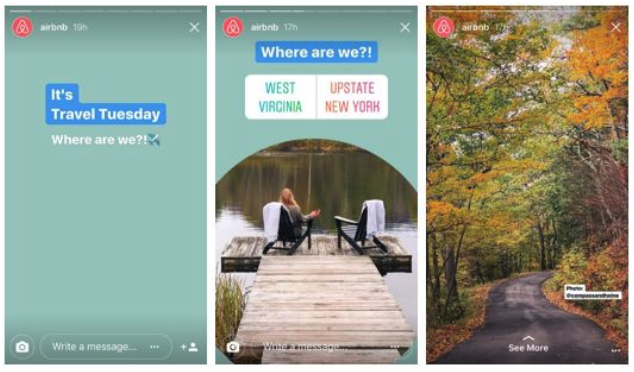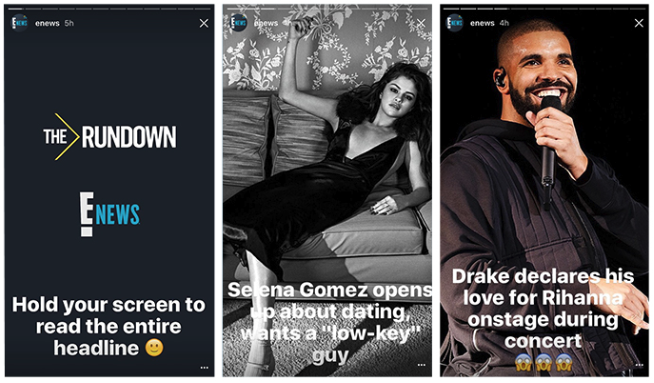Social media – it’s all-seeing and all-powerful but can be an almighty waste of time and money if you dive in without a plan. To reap the rewards of social media you need to build a clear strategy outlining goals, audience, competition and content. We’ve put together an easy six-step social media strategy to get…
1. Goals
Make SMART goals.
Like any business plan the first step to creating a social media strategy is to establish goals, giving you the ability to measure your success and return on investment.
Pro Tip: Align your social media goals with your overall business and marketing strategy to show some more ‘old school’ execs the true value of social media.
Each of your goals should be:
Specific
Measurable
Attainable
Relevant
Time-bound
Example:
Broad business goal: to grow my business.
Social media SMART goal: I will acquire 300 new followers on Instagram within two months by engaging with followers, running a paid Instagram advertising campaign and networking with local businesses. This will enable me to grow my business and increase my revenue.
For your social media strategy start by assessing your business goals and writing a social media SMART goal to align with each one.
2. Who is your audience?
It may seem simple, but do you really know who your audience is and where they’re active online? Is your Facebook audience different to your Instagram audience?
Knowing what your audience wants to see on social media is key to a successful social media strategy. You need to craft content that appeals to your specific audience, so they’ll like, comment on and share your posts.
Most social media platforms offer great (and free – YAY!) analytic tools that show detailed insights about your audience. Familiarise yourself with their age, location and when they’re most active online to create ‘personas’. These personas will help you visualise your audience as real people (rather than numbers) and help you cater to their actual interests, passions and needs.
3. Metrics
It’s time to start gathering data.
Competition
You probably already know who your key competitors are so take the time to assess/stalk (it’s not creepy when it’s for work) their social media channels. Some things to note:
- What platforms are they using?
- How often do they post?
- How are they engaging with their followers?
- How many followers do they have and how quickly are they growing?
- What time do they post?
Choose three key competitors and complete a SWOT analysis to help you understand your competitive advantage and how you can ‘outplay’ your competitors online.
Strengths
Weaknesses
Opportunities
Threats
Pro Tip: use competitors as your inspiration, but don’t copy. Chances are they have you listed as a competitor too, so remember you still need to be unique and authentic with your posts!
Conduct a brief social media audit
Perform a social media audit to review what’s working and what needs improvement on your social media channels.
There’s lots of paid social media tools out there to make auditing a breeze, but here’s the basics that everyone can do (set up a spreadsheet to keep all your data in one place):
- Note your overall statistics including followers, likes, shares, comments, clicks, video views, reach and mentions
- Look at your top/bottom posts, how do they compare to each other and why do certain posts get more engagement? Compare timing, hashtags, content, platform etc
- Input audience metrics including gender, age, location and time they’re active
- Check for consistency, do all your channels have the same consistent tone and content?
- Compare to industry best standards or key competitors
- Re-assess your SMART goals and adjust accordingly (if required)
Social listening
If you’re serious about your social media strategy, investing in social listening software can save you time and money. Platforms such as HootSuite, Sprout Social, Zoho Social, Mention, Meltwater etc make social listening a breeze and can help you track trends, monitor competitors and compile data among many other handy tools. Each platform has pros and cons, so do your research before committing to buy.
4. Mission Statement
Build a mission statement for each of your social media platforms. This enables you to take the data collected above and create a short statement that outlines exactly who we are and what we do.
Follow this format:
[Business name’s] [social media platform] is where [audience] finds [content] to [benefit].
Pro Tip: this should be brief, where we went into detail above about audience and content, here we need to rein it in.
Example:
Building company: Bob Builder’s Facebook page is where local Queenstown homeowners find inspiring images and video content to help plan for their new home.
Cafe: Corner Café’s Instagram is where young New Zealand-based foodies and coffee lovers find fun, creative and colourful images that inspire them to visit and encourage ‘regramming’.
Mum blogger: Diana’s Diary Facebook page is where young mums across the world find helpful tips and funny anecdotes to encourage conversation and engagement with each other.
Bank: Frank’s Financial LinkedIn profile is where entrepreneurs and business owners find useful information, advice, insights, resources and inspiration for running and growing their businesses.
5. Content
It’s time to start building your content calendar.
Creating great content is essential but it’s equally important to have a plan in place for when you’ll share content to get the maximum impact. Make a calendar that details:
- Dates
- Time you will post
- Social media channel
- Content (image, link, video etc)
Make sure your content and calendar reflect the mission statement you’ve assigned to each social profile so that everything you post is working to support your business goals.
Keep your content aligned with your audience, always ask yourself who the content is for, and how they should interact with it.
Pro Tip: As a rule, 80% of your content should be fun, informative or entertaining and only 20% should directly promote your brand.
6. Engage, measure and compare
Hurrah! You have a stellar social media calendar, followers have quadrupled, videos have gone viral and your boss gives you a high five every morning!
This hasn’t happened for you yet? Don’t worry, you probably won’t get your social media strategy 100% right on the first try (this happens with all business plans), simply monitor what works and adjust your strategy accordingly. Continue with your social media auditing, schedule in weekly, monthly or quarterly as desired and re-evaluate your SMART goals.
Sounds like a lot of work? The truth is, building a successful social strategy isn’t a five-minute job, and in today’s online world it’s one of the most effective marketing tools around. Need a hand? Get in touch to find out how we can help create a tailored social media strategy for your business!








